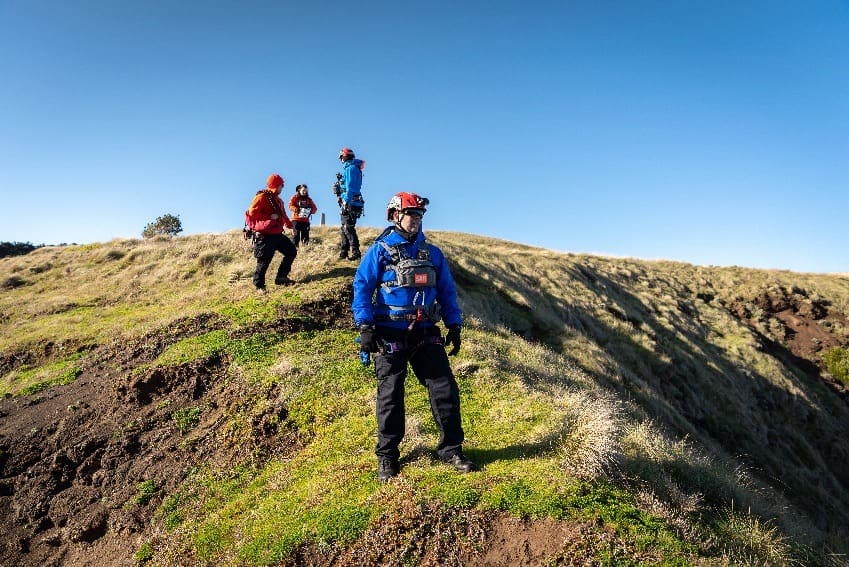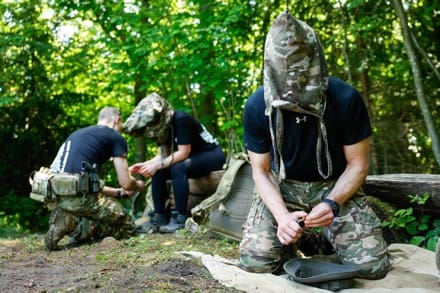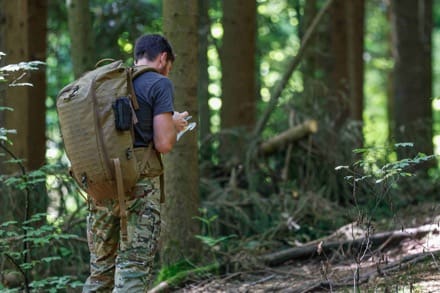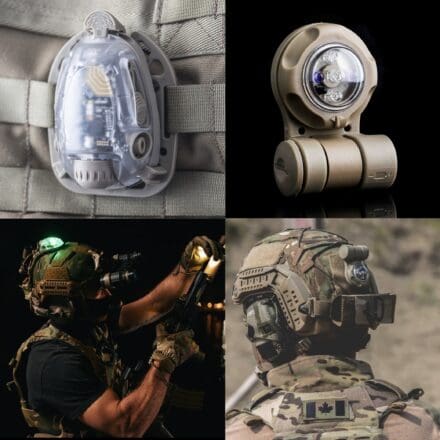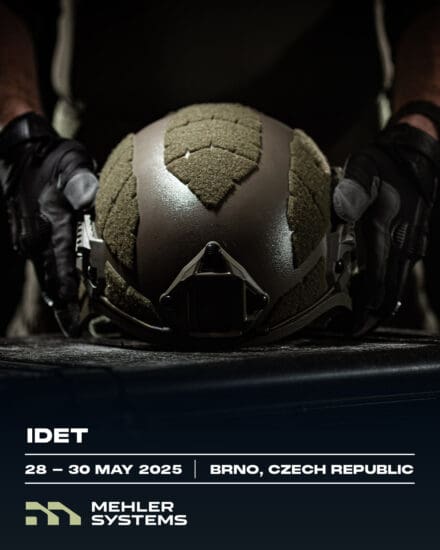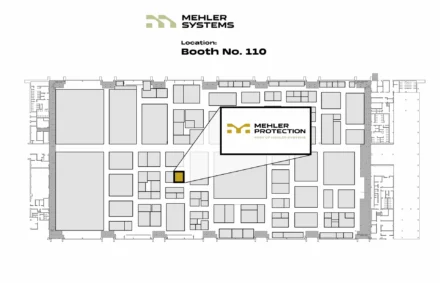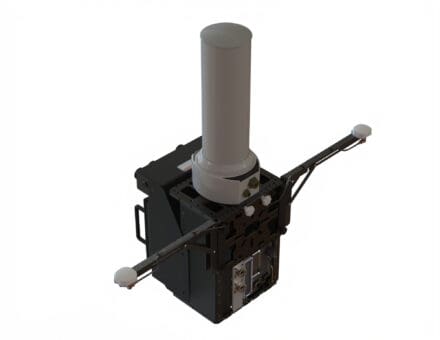EM-Vis Deceive is the dismounted Electromagnetic Attack platform that ushers in a new frontier for electronic warfare. Modular, open-standards based, and mission configurable, it delivers operational advantage at the edge
The system is light enough for a single soldier to carry, and has been designed so that even an unskilled operator can deliver battlefield impact
Launched at AOC Europe 2025, EM-Vis Deceive is STICS/SOSA aligned
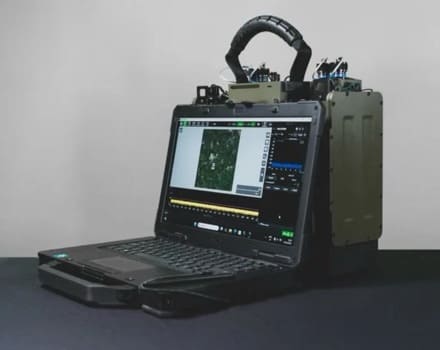
Romsey, UK, Wednesday, May 7, 2025?- Roke has launched EM-Vis Deceive, a new portable electronic warfare system that brings electromagnetic attack (EA) capabilities directly to troops on the ground. The lightweight system, something a soldier can carry like a backpack, helps military forces detect, track, and disrupt enemy communications, drones, or other electronic signals.
EM-Vis Deceive is the first fully integrated person-borne system of its kind to be designed and built to modular open standards – providing a flexible, upgradable and tailorable solution for different missions. EM-Vis Deceive is also STICS aligned. STICS is a suite of open standards and specifications enabling modularity and interoperability in C5ISR and Electronic Warfare (EW) systems.
The system can disrupt a wide range of enemy targets – from drones, to missiles and communication systems – and can be operated by skilled light, medium or heavy EW specialists or by general troops with minimal training.
It marks a major step as electronic warfare moves closer to the frontline, responding to the growing need for faster, more flexible responses to threats on the modern battlefield.
Roke, a UK company that stands at the forefront of defence and security, delivering cutting-edge intelligence and engineering solutions that protect nations, troops, borders, and businesses, launched EM-Vis Deceive today at AOC Europe 2025 in Rome.
Paul MacGregor, Roke Managing Director, said: “EM-Vis Deceive marks a major turning point in electronic warfare. For decades, most EA systems on the battlefield were custom-built, one-offs, made to counter specific threats. These were expensive, slow to upgrade and hard to integrate with other technology. And with weaponry, and the battlefield in general, evolving so quickly, these clunky systems were leaving troops at a severe disadvantage.
“Let’s take drones as an example, Ukraine has had to defend itself from 18,000 drone attacks in the last year alone according to UK intelligence. An army squad could be using an electronic warfare system to jam enemy drones – but what happens if a new enemy drone model appears that uses different frequencies? A new custom build would have to be designed, tested and deployed – it could take months or even years.
EM-Vis Deceive changes all of that, it can be quickly upgraded, software updates can be pushed faster and it can easily communicate with other systems.”
Experts in electromagnetic warfare
Roke has been at the forefront of Cyber and Electromagnetic Activity (CEMA) technology for more than 40 years. This experience has been integrated with technology gained from small form factor radio system development to produce a highly agile system in a modest package, with a range of integrated support functionality. Key attributes of EM-Vis Deceive include:
Modular by design – easily configured to meet the full spectrum of EW missions through swap in/swap out Software Defined Radios (SDR).?
Open standards driven – uses OpenCPI generated Applications and open APIs to develop new techniques or port existing IP onto the system?
Scalable and multifunctional – initial release will be person-borne based on demand for increased survivability in peer threat environment, but scalable and stackable to support high mobility and platform mounted deployment?
At AOC Europe 2025, themed “EMO in Transition – Learning from the Ukrainian/Russian War”, Roke will:?
Launch and demonstrate its new targeted attack EW capability, giving attendees a first-hand look at this game-changing technology.?
Exhibit a suite of EW and EMSO solutions, reinforcing its position as a trusted partner in electronic warfare innovation.?
Engage with partners and defence leaders, sharing insights on collaborative approaches to developing resilient and agile EMO strategies.?
Visit Roke at Stand B06 to meet the team, explore the new EW product’s capabilities, and learn how Roke is helping reshape the electromagnetic battlespace.?
For further information, please contact:?info@roke.co.uk




